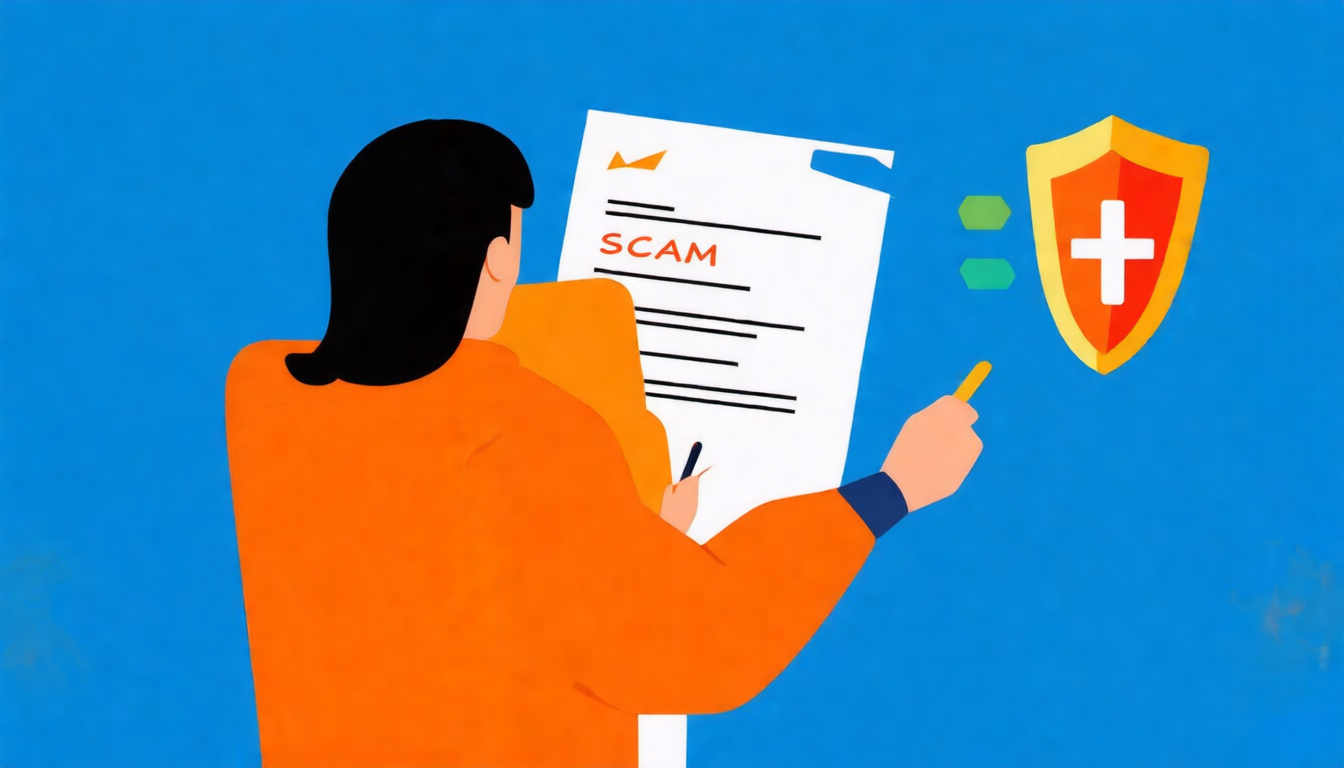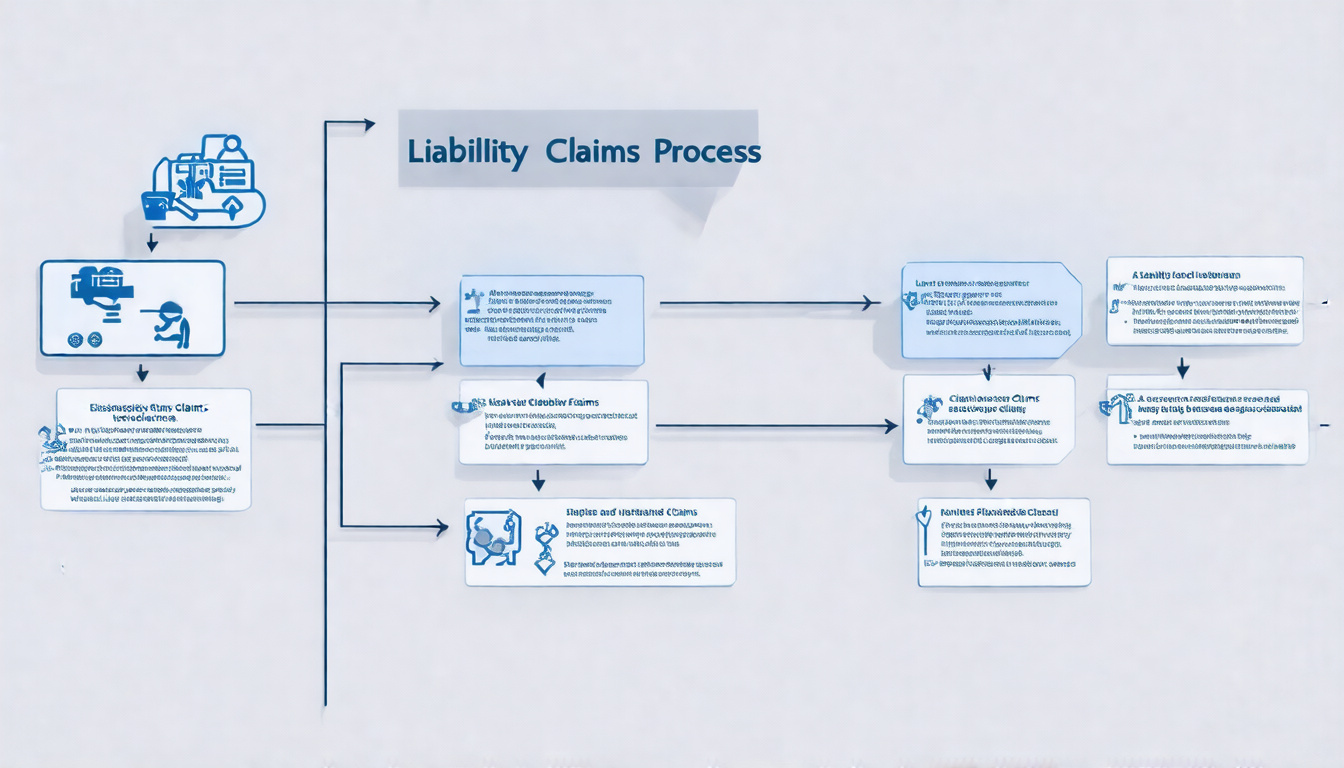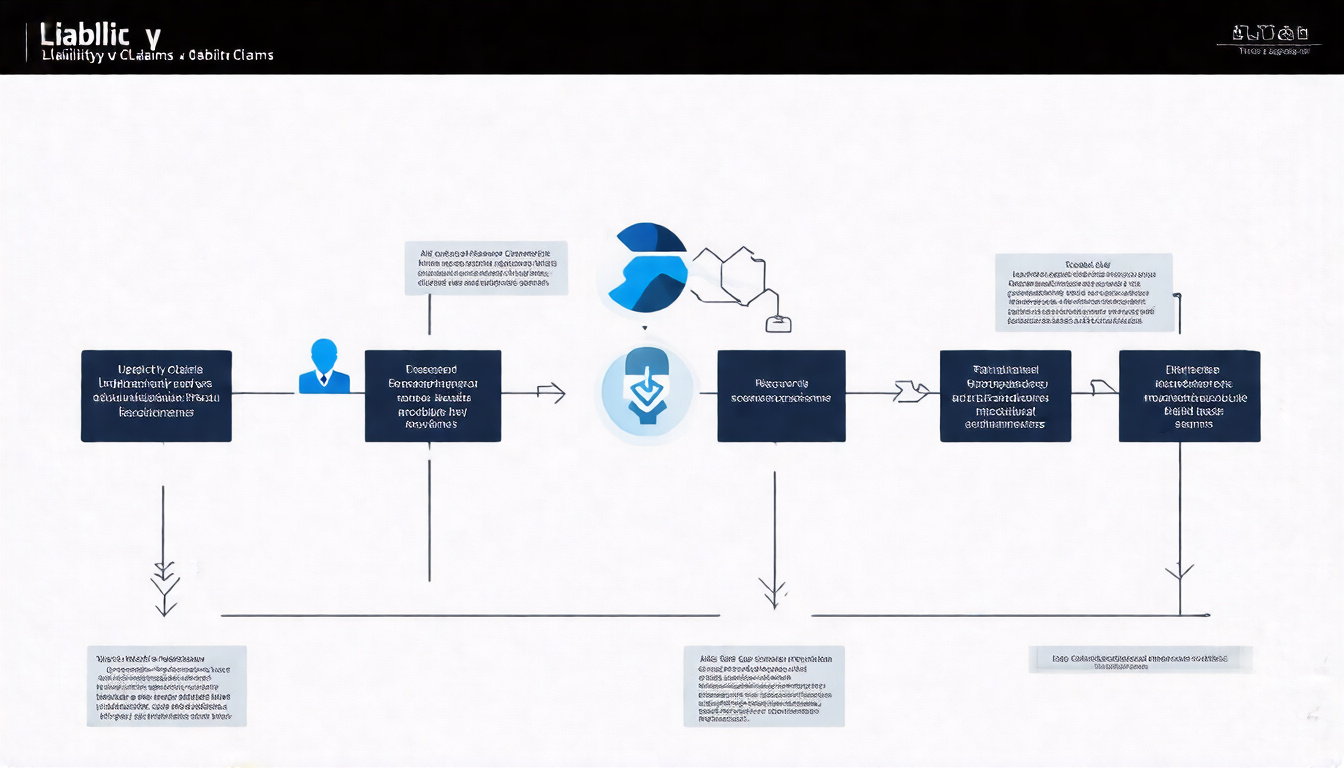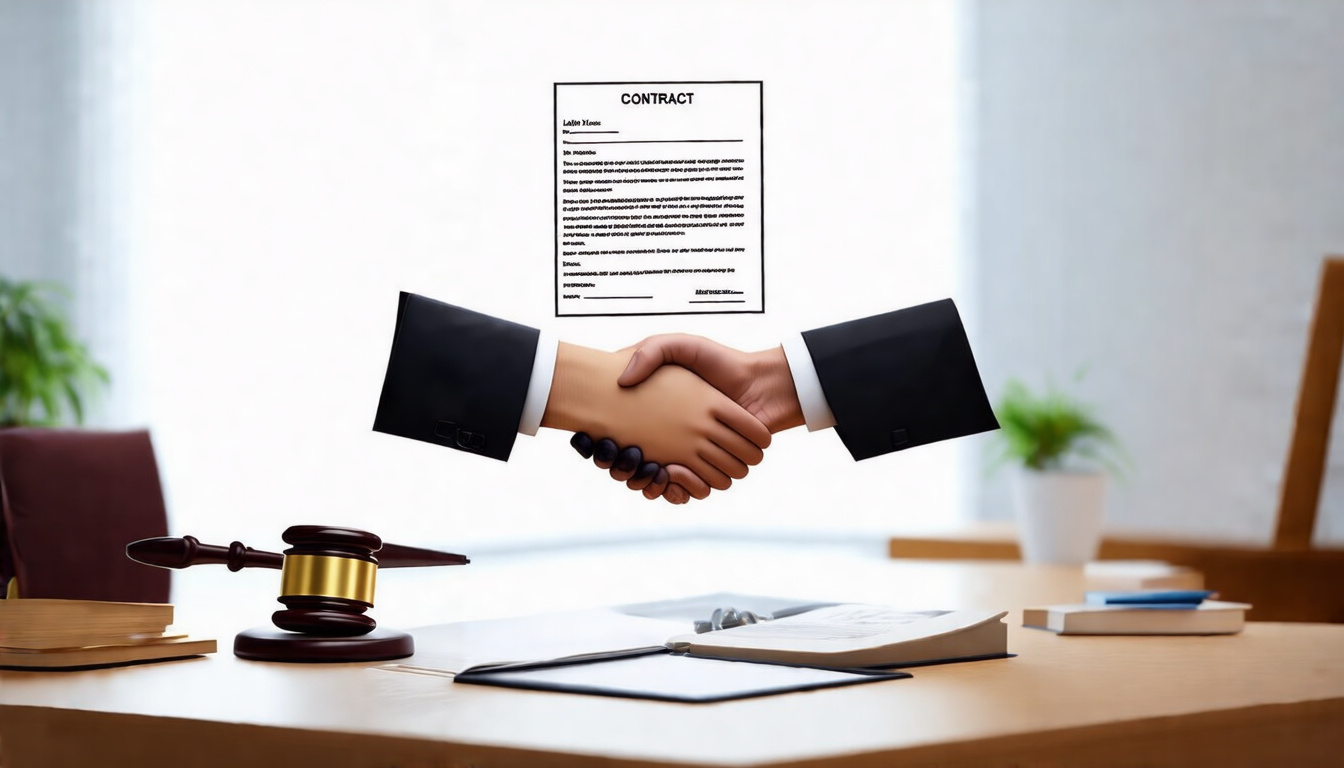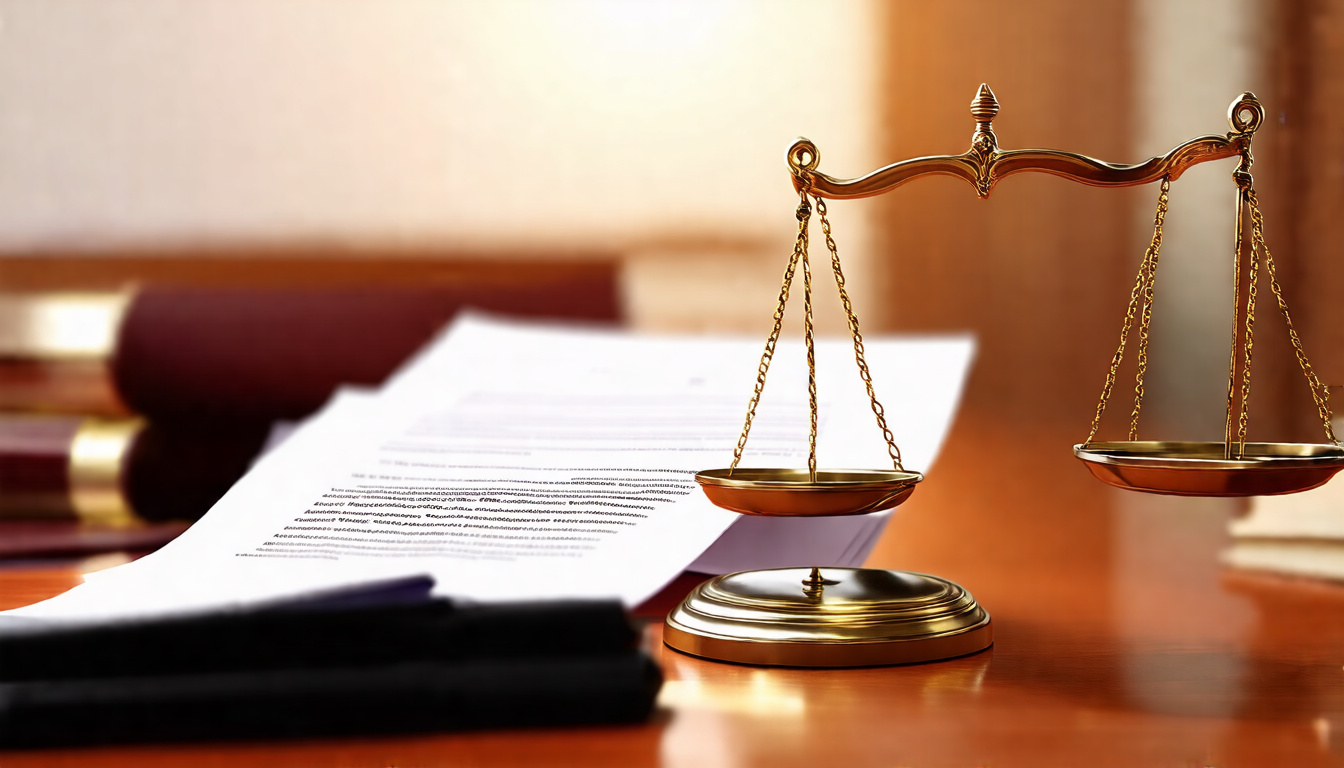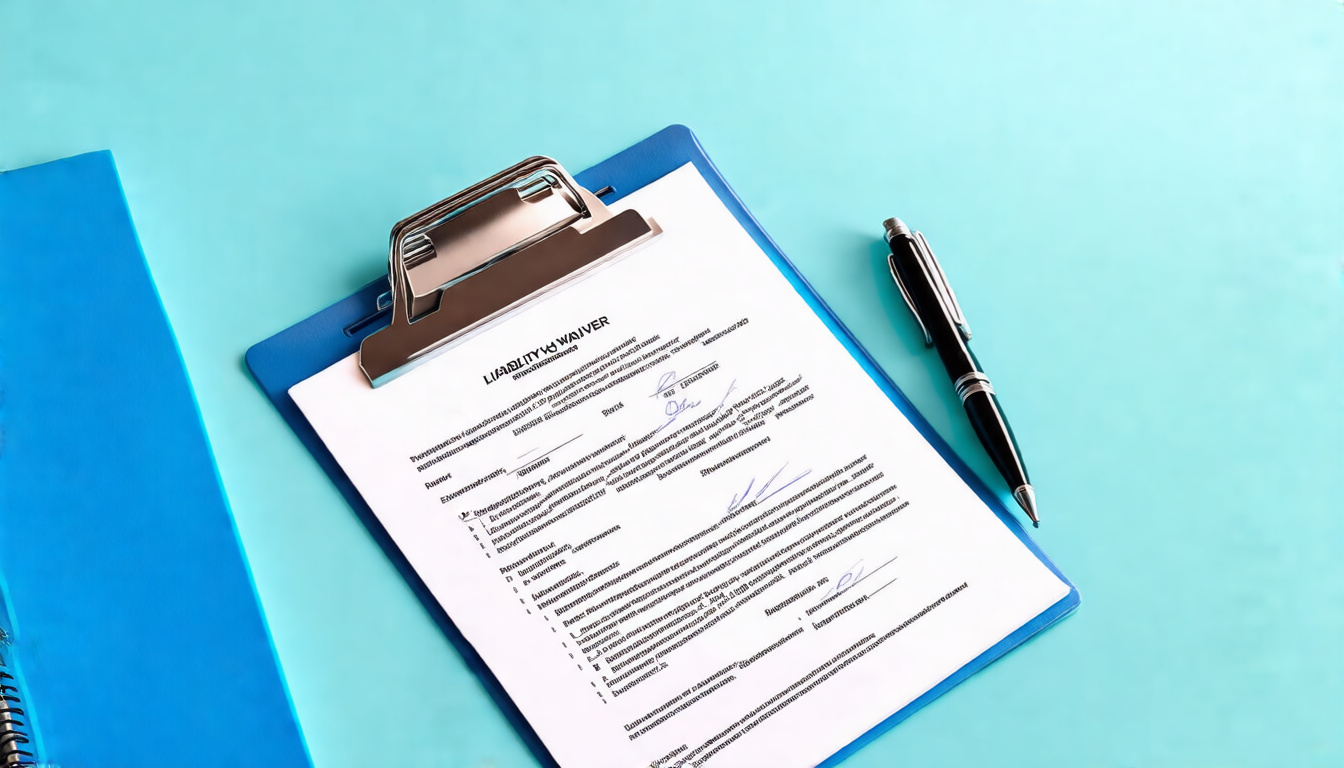When harm occurs to a person or property, people ask who is liable. The harm comes when one person or group does something wrong. This wrong is called a tort. The word tort means a civil wrong. In a tort, the wrongdoer must fix the harm. This text explains what a tortfeasor does under civil law.
What is a Tortfeasor?
A tortfeasor is a person or group that does something wrong. They act or fail to act in a way that causes harm. The word tortfeasor comes from the word "tort." A tort is a civil wrong, not a crime. In a tort, the wrongdoer must pay for the harm.
Types of Torts a Tortfeasor Might Commit
- Negligence: Not taking enough care, which leads to harm.
- Intentional Torts: Taking deliberate steps that hurt others. These include assault, battery, or defamation.
- Strict Liability Torts: Being held liable without proving fault. This applies to cases like dangerous activities or broken products.
Each type of harm gives the tortfeasor different legal problems.
Legal Responsibilities of a Tortfeasor
When a person is found to be a tortfeasor, law gives them clear duties. These duties make sure they fix the harm they cause.
Duty of Care
A tortfeasor must act with care. They owe a duty to avoid harm to others. For instance, a driver must follow traffic laws to avoid harm to other road users.
Breach of Duty
A tortfeasor breaches their duty when they do not act as care demands. When they act carelessly or purposely, they cause harm. The breach must lead directly to the harm.
Causation and Damages
It must be clear that the tortfeasor’s actions lead to harm. This link between action and injury is crucial. Once the link is shown, the tortfeasor usually must pay for the harm. This payment can include:
- Money for medical bills or lost wages.
- Punitive sums to punish very bad behavior.
- Money for emotional distress or pain.
Types of Tortfeasor Liability
Different rules apply for different cases:
- Individual Liability: A single person directly causes harm. For example, a driver might cause an accident.
- Vicarious Liability: An employer is liable for an employee’s harmful actions if these actions occur on the job.
- Joint and Several Liability: When several people cause harm, each one can be held responsible for the whole harm.
- Strict Liability: Sometimes a person is liable regardless of fault. This rule is common in product liability cases.
How Tortfeasor Liability is Determined in Court
Courts make decisions on liability by checking:
- If there was a duty of care.
- If that duty was broken.
- If the breach led directly to the harm.
- How much harm was caused.
Courts may call witnesses, use expert opinions, and collect detailed proofs.

Common Defenses Used by a Tortfeasor
A tortfeasor may offer defenses to reduce or remove liability. Common defenses include:
- Contributory Negligence: Arguing that the injured party partly caused their own harm.
- Assumption of Risk: Claiming that the injured party accepted a known risk.
- Statute of Limitations: Arguing that the claim was filed too late.
- Lack of Causation: Claiming the harm did not come from their actions.
These defenses help both sides in a dispute over harm.
Importance of Insurance for Tortfeasors
Tortfeasor liability can cost a lot of money. Many people and businesses get liability insurance to cover these costs. For example, car insurance is often required to cover damage if a driver becomes a tortfeasor in an accident.
Summary: Key Responsibilities of a Tortfeasor
In summary, a tortfeasor must:
- Show care to others.
- Act with proper caution.
- Fix harm when they cause it.
- Pay for losses caused by their actions.
This rule helps keep civil law fair and clear.
Frequently Asked Questions About Tortfeasor Liability
Q1: What defines a tortfeasor in legal terms?
A tortfeasor is anyone who causes harm through a wrongful act or omission. This act leads to a legal claim by the injured person.
Q2: Can a company be a tortfeasor?
Yes, a company or organization can be a tortfeasor. They may be liable for harm done by their employees or actions.
Q3: Does being a tortfeasor always mean paying damages?
Not always. The law must show a duty, a breach, a direct link to harm, and the harm itself. Defenses might lower or remove the payment.
If you face a situation involving tortfeasor liability, it is important to learn the rules. Whether you seek payment for harm or face a claim, knowing these duties and defenses can guide you in legal matters.
For more legal details, trusted sources like the American Bar Association provide many insights on tort law and liability.
Take Action Today
If you think you have suffered harm from a tortfeasor, or if you face a claim, get legal advice. An experienced lawyer can help you understand your rights. Learning the full scope of tortfeasor duties and defenses is the first step to a fair solution.
Author: Doyle Weaver, Attorney at Law
Home | Estate Planning | Personal Injury | Hill Country Lawyer | Terms of Service | Privacy Policy
© 2025 Digital Law Firm, P.C.
Disclaimer: The content provided in this blog is for educational and informational purposes only. It is not intended to constitute legal advice or establish an attorney-client relationship. The information presented does not address individual circumstances and should not be relied upon as a substitute for professional legal counsel. Always consult a qualified attorney for advice regarding your specific legal situation. The author and publisher are not liable for any actions taken based on the content of this blog.


